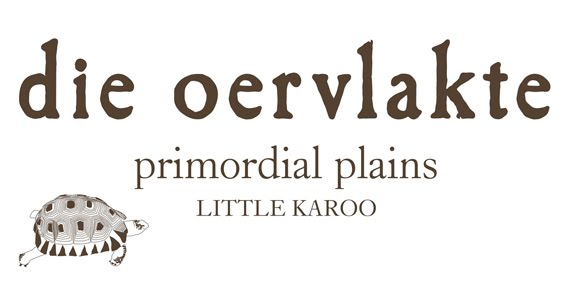de Rust lies nestled close to the foot of the Swartberg Mountians on the southern end of Meiringspoort, the gateway from the Little Karoo to the Great Karoo. I went to have a look at what is not obvious on a first visit to the town with its characteristic white-washed Karoo-style houses with gables and green and red roofs sheltering the large street-facing stops from the fierce summer sun. I always start off with coffee at The Village Trading Post, enjoying the interesting conversation and often meeting some fascinating traveller passing through or a farmer from the area.
Some of the historic houses
 |
| The Dutch Reformed Church Hall, built in 1908 |
 |
| Due to lack of funds, the parsonage was constructed in 1903 without a foundation. Ds. J.P. Burger was fetched from the le Roux railway station with great fanfare on 24 November 1905 and received into the new congregation. |
 |
| The old boarding school in Hoop Street was built in 1915 |
 |
| The Schoeman Gallery, also known as Robertson House, was built during the ostrich boom in 1903 |
 |
| The Village Trading Post and Riverside Accommodation offers guests a unique caravan experience, beautifully renovated and situated in a fascinating garden. |
 |
| Die Kraaltjie, a coffee shop in the main street, has an array of interesting and fascinating 1950's garden gnomes and decoration |
 |
| The Hotel in de Rust is an enigmatic building, its balconies festooned with plants, sculptures and gnomes with strange expressions. |
 |
| The old cemetery lies at the top of a hill just outside town with some interesting inscriptions |
 |
| Donkey carts are seen often in de Rust with families going about their business transporting people or goods. |
I drove out of de Rust, inspired and refreshed with more than enough to think about. Should I overnight in the hotel next time, or in the caravan?
de Rust is well worth a visit for any traveller passing through. It is filled with old world charm, the people fascinating and interesting, the coffee and food good where you see the cockerel!













